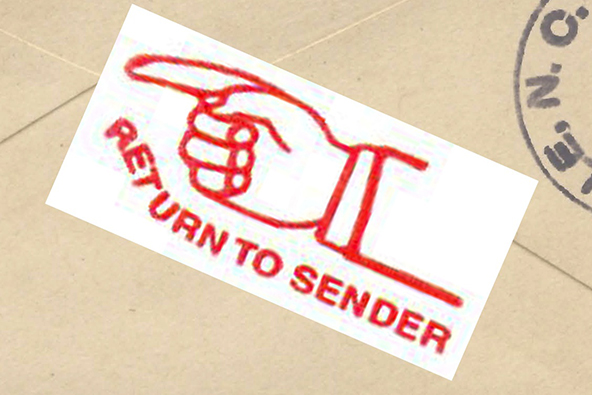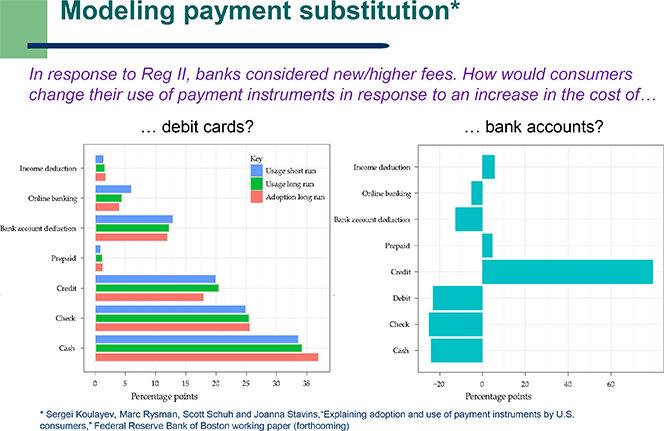How Payment Gateways Work and Integrate with E-Commerce Merchant Accounts

Merchants are often unclear on what payment gateways do and why they need them. There is often confusion concerning the gateway’s functionality and how it differs from an e-commerce shopping cart. Just as often, merchants tend to equate payment gateways with merchant accounts. In this article we will try to clear the confusion and put the gateway in its proper place in the e-commerce credit card processing cycle.
What is a payment gateway? Payment gateway is a web-based service that integrates into an e-commerce website’s shopping cart and collects payment information provided by customers at the check-out. The gateway then encrypts the data and transmits it to the card issuing bank for authorization. The authorization response is then sent to the merchant and is displayed to the cardholder. In essence, the payment gateway serves for web-based merchants the same purpose that a point-of-sale (POS) terminal does for brick-and-mortar businesses. We have previously written in greater detail about the e-commerce authorization process and the gateway’s place in it and you can review the article here.
What does a payment gateway do? Just as their POS counterparts, payment gateways support the full range of processing services: authorization only, authorization and capture, refunds and voids. Every major gateway offers a virtual terminal option which enables merchants to enter in a browser the payment information as they are completing a transaction over the phone or have received a payment over the mail. Moreover, the virtual terminal allows you to create and save customer profiles within the gateway, which you can access later for a speedier payment processing. Additionally, you can use the virtual terminal to set up installment or recurring payment plans, as well as process deferred payments. All major payment gateways now support AVS and CVV2 / CVC 2 verification services.
How does a payment gateway interact with a shopping cart? Payment gateways and shopping carts enter the transaction cycle at different stages. Shopping carts enable customers to select items for purchase and calculate the total cost of the order, including shipping and handling charges and taxes, if applicable. Once that is done and the customer places the order, the customer is taken to the check-out where he or she is asked to provide the payment information, which is then collected and managed by the gateway as described above.
Payment gateway vs. merchant account. It is important to understand that payment gateways, just as POS terminals, are tools for handling payment information. Just as the POS terminal is a part of each retail merchant account, the payment gateway is an essential part of every e-commerce merchant account. Yet, the merchant account service goes beyond handling the information provided by the cardholder. It enables a merchant to accept credit and debit cards, as well as other payment methods, by connecting the merchant’s physical and / or virtual check-out tools with a processing bank that “acquires” the transactions and funds the merchant’s account the transaction amount, after subtracting the transaction’s processing costs. This whole process, from the capturing of the information at the point of sale (whether physical or virtual), to the settlement of the funds is what a merchant account service provides.
Here is a detailed description of the e-commerce transaction process:
- The cardholder fills out a payment information form to pay for a purchase at an e-commerce website’s check-out.
- The gateway collects the payment information and sends it, securely encrypted, to the processing bank for authorization.
- The processing bank sends the request, through Visa’s or MasterCard’s payment networks, on to the card issuer. Be advised that Discover and American Express act as both card issuers and processors, so the authorization process is much simpler.
- The card issuer approves or declines the transaction and sends its response, through Visa or MasterCard, to the processing bank.
- The processing bank forwards the response, through the gateway, to the merchant who completes the transaction accordingly.
- In the case of an approved transaction, the merchant deposits the receipt with its processing bank, requesting payment.
- The processor then credits the merchant’s account and submits the transaction to Visa or MasterCard for a settlement.
- Visa or MasterCard then pays the processing bank, while simultaneously debiting the card issuer’s account.
- The card issuer then posts the transaction to the cardholder’s account and requests payment with a monthly statement.
Image credit: Solidcactus.com.



One bit that isn’t clear to me in this wonderful article is how the gateway collects the payment data (leaving out the tech geek talk); a) Is the “check-out” form a gateway form? b) if not does the check out form hand off the required data to the gateway and that process requires its own security? c) is there a 3rd peice that in between the “check-out” form and the gateway responsible for managing the data collection process?
What exactly happens when someone is in the check-out form filling out credit card detail info and than presses “purchase” to launch the validation process?
Much thanks for this article.
Hello Jay,
The answer is the b) in your list. The checkout form is hosted within the shopping cart that is incorporated into your website and is protected by what is called an “SSL Certificate” (the thing that adds the “s” at the end of the “http” at the beginning of your website’s URL), which is required for all e-commerce websites. Once your customer submits her checkout information, the SSL Certificate encrypts it and the payment gateway collects it.
I’ve been using Authorize.Net for many years and am generally satisfied with it — it causes no problems and it’s easy to integrate. It could be improved on, I guess, but it’s good enough.
Payment gateways are indeed trustworthy,and safe. It brings transparency into the economy, reducing the chances of fraud.
Hi, I just stumbled here on your site. I am looking for technology integrations for my website. This article really helps me a lot.
Good article!
It’s also useful for ecommerce owners, who are looking for a reliable payment gateway, to mention key factors to pay attention to when making the decision. G2A PAY, for example offers great support for businesses who have customers around the world by providing payment methods popular for each and every region, multi-currency and language support.
Also, factors such as fast integration process, ecommerce platform plugins and transactional fees are worth paying attention to!